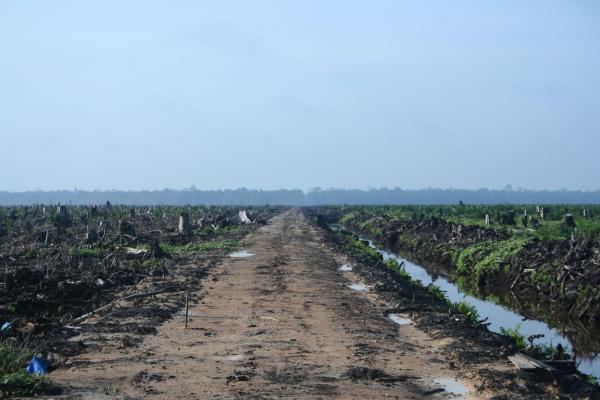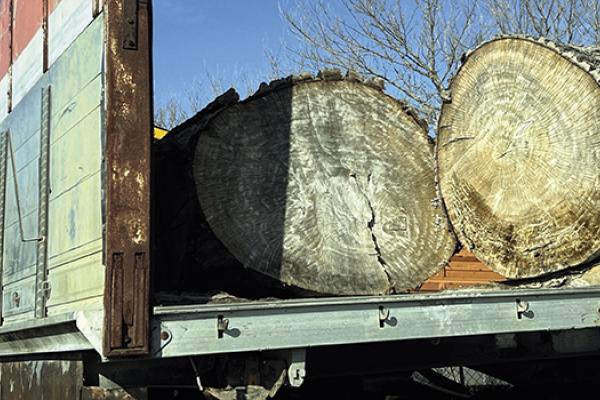Between 2018 and 2023, Europe lost approximately 9,000km² of nature and cropland to construction – an area the size of Cyprus. The investigation reveals that undeveloped land is disappearing up to 1.5 times faster than previously estimated, with nature accounting for 900km² annually and agricultural land 600km² per year.
The project identified more than 150,000 instances of construction on protected land and documented how small-scale losses – from luxury tourism developments to housing estates – cumulatively threaten Europe's remaining ecosystems, biodiversity, and climate resilience.
Key findings:
- Europe loses 1,500 km² to construction annually – equivalent to 600 football pitches destroyed every day.
- Between 2018-2023, approximately 9,000km² of nature and cropland was lost (the size of Cyprus).
- Nature loss is occurring up to 1.5 times faster than previously estimated by official European Environment Agency figures.
- More than 150,000 instances of construction occurred on protected land between 2018-2023.
- Turkey recorded the highest absolute losses (1,860km²), followed by Poland (1,000km²), France, and Germany.
- When adjusted for population size, Scandinavian countries fare worse: Norway's construction translates to roughly six square metres of nature and cropland lost per resident annually, with Finland a close second.
- Four out of five construction instances occurred within already populated areas, including urban green spaces.
- In Finnish Lapland, 15% of all construction projects replacing nature since 2018 were tourism-driven.
- Finland ranks second in Europe for per capita nature loss – nearly six square metres destroyed annually for each resident – due to suburban sprawl.
- The EU's "no net land take by 2050" target is non-binding and has failed to significantly reduce construction on unbuilt land.
The investigation was initiated by Arena for Journalism in Europe and Norwegian Broadcasting Corporation (NRK). The journalists worked with scientists from the Norwegian Institute for Nature Research (NINA) to develop a novel methodology that captures even small-scale construction overlooked by previous studies. They analysed data across Europe, with a specific focus on stories from Finland, Turkey, Portugal, Italy, Greece, Poland, France, Germany, Netherlands, Belgium, Norway, Sweden, Switzerland, United Kingdom.
On the right: Kauramäki suburb in Jyväskylä, Finland, where a spruce forest was cleared for over 1,000 residents in near-identical detached homes. Photograph by: Mikko Vähäniitty.




























